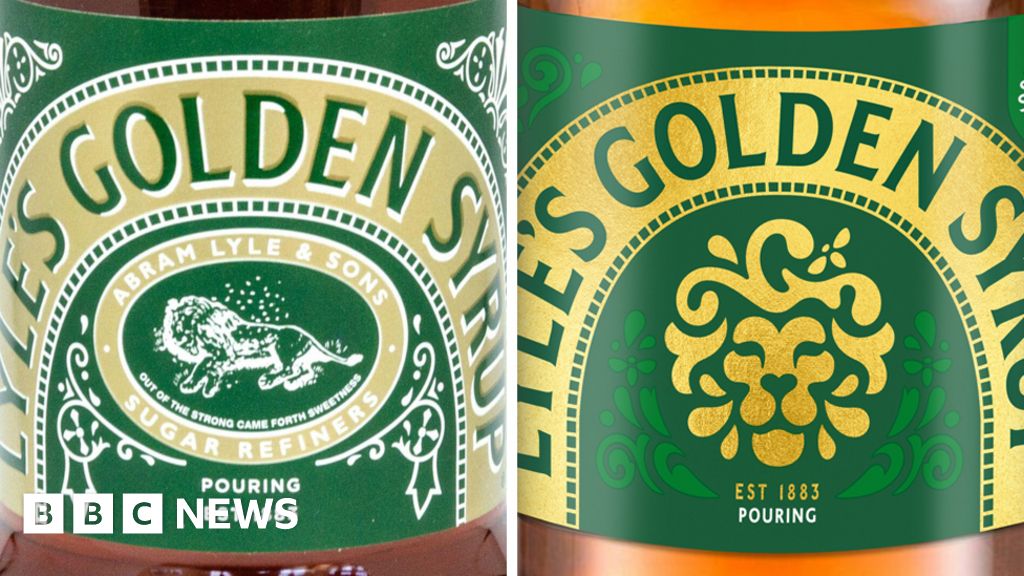sus
Moderator
Life After Lifestyle
After everything has become a lifestyle brand, the frontier of cultural creation is now faith itself.
The year is 2011. You just found out about Everlane.com. You order a blouse, an oxford. You browse on tumblr, scrolling through fuckyeahmenswear and photos of neatly arranged, squared Braun products. The year is 2014. You visit Carryology. You hear about Casper mattresses on the podcast Serial. Recession hipster culture is over, but its premium mediocre detritus is everywhere. The year is 2017. You are a creative with a liberal arts degree. You work at a direct to consumer brand. Like every company you are starting a blog. You learn about content marketing. You go to a pop-up museum filled with balloons. You take pictures for the gram. Product photos are beautiful. Sophisticated. Shot at an isometric angle. It’s the new “lean luxury.” You buy coffee from Blue Bottle. The year is 2019. You order your medication from Hims and Hers. You and your friends want to launch a pop-up brand for the weekend. You go on Alibaba and find blank t-shirts then spend the weekend slapping together a logo and some graphics. The year is 2022. You go to a workout class at the Bala store. You do yoga inside its sculpted pastel interior, like being inside of an Instagram advertisement. It feels like every aspect of your life could live in this world. Delightfully packaged, seamless, products that elevate all of your activities to a luxury branded experience.
The Lifestyle era was not about creating culture; it was about attaching brands onto existing cultural contexts. It was not about shaping people; it was about sorting consumer demographics into niche categories. The new order we are entering into reverses this. For some organizations, culture has become the product itself, and products have become secondary, auxiliary, to the production of culture.


